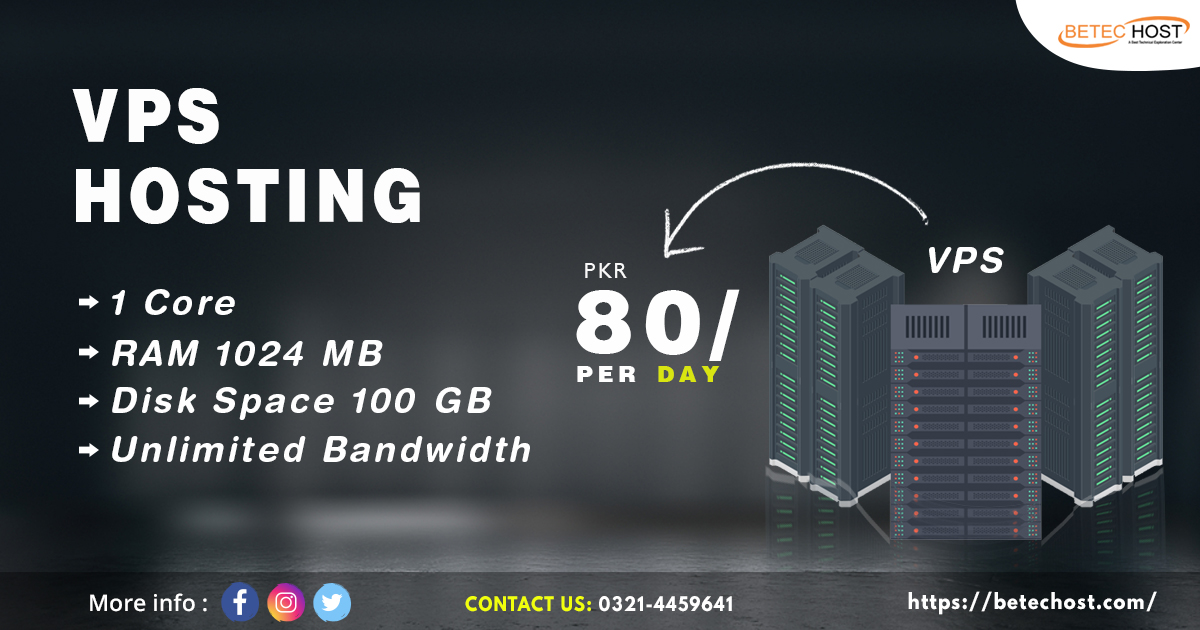Performance marketing

What is Performance Marketing?
Marketing strategies are essential to grow your business. These strategies allow you to connect with your target audience, increase brand awareness, affinity, and influence consumer behavior. This guide helps business owners reach their goals and grow their companies. Performance marketing is a mix of content marketing and SEO. It’s changing the game. It has a significant impact on how companies market their products and services. While browsing websites and watching videos, you’ve likely come across a performance-marketing campaign. Performance marketing allows brands the ability to pay only for services when they achieve their business goals or take specific actions, such as a sale, click, or lead. Performance marketing is marketing that results. Why is performance marketing so unique? Performance marketing gives advertisers power because they only pay for the goal achieved. They can be confident that their marketing budget has been well-spent for successful campaigns. Performance marketing campaigns are more successful because they are targeted. Marketers can also make data-backed decisions to optimize campaigns according to results. Merchants and affiliates both win in this situation.
Performance marketing vs brand marketing
It is hard to stand out in a saturated market. That’s why brand awareness is so crucial. There are many options to increase brand awareness. These include social media campaigns and native advertising. Content marketing is another option. These may all fall under performance marketing because they can be measured, and advertisers pay only for specific actions. Performance marketing is about achieving or exceeding certain KPI goals. Brand marketing is promoting your products or services in a way to strengthen the brand. Your brand is the link between consumers and the product. Brand marketing is more focused on long-term results than performance marketing. However, it’s possible to combine both marketing strategies into a cross-team process known as performance branding. In this case, the KPI refers to the brand’s lifetime value and revenue potential.
Performance Marketing Types
The advancements in technology and changes in consumer Behaviour have facilitated a shift in performance marketing. Digital marketing, in today’s performance-driven world, is all about hitting the right people at the right time. The tools and targeting options available have improved dramatically, giving performance marketers more options than ever to create high-performing campaigns for different audiences.
- Social Media Advertising: Social media advertising uses social media platforms to connect and drive traffic to your site, increase sales, and build trust with your audience. A study of social network users found that over 3 billion people worldwide are on at least one social networking platform. This number is expected to rise to 4.4 billion in 2025, according to another study. Social media platforms like Face book, Instagram, or Twitter are used by businesses to increase brand awareness and gain traffic. It’s also useful for increasing engagement, leads and sales. These are the key performance indicators for advertising on social media:
- Likes
- Comments
- Impressions
- Shares
- Native Advertising: Native advertising uses paid ads that are compatible with the format and function of the media format they appear in. This type of paid advertising blends seamlessly into the environment. They can be found in the form of suggested articles on social media or news sites. How to determine the success of your native advertising campaign by setting specific goals.
- Brand awareness: Viewable impressions
- Unique visitor: Click-through rate
- Behaviour: Bounce rate, Page per session
- Conversion: Downloads, sign-ups, sales
- Affiliate Marketing: Affiliate marketing is performance-based, where a business rewards an associate for specific actions. These actions can include leads, traffic, sales, and free trial users. This is how it works. Affiliate marketing begins when the affiliate shares a product or service via their platform, whether a blog, podcast or social media. They can then earn a commission for any purchase made via the platform. These are the key performance indicators in affiliate marketing:
- Click-Through Rate
- Conversion Rate
- Cost Per Action
- Average Order Value
- Search Engine Marketing: Search engine marketing (also known as paid advertising) involves using search engine result pages to improve your brand’s visibility. This allows you to reach people searching on Google and Yahoo. SEM is the process of paying to have ads appears in search results. The brand targets keywords that searchers might use. Their paid ad will appear when searchers type these keywords into the query box. Search advertising platforms charge only if users click on specific ads. Other KPIs that search engine marketer’s use include CPC and:
- Ad impression
- Engagement
- Conversion
- Click-Through Rate
It is important to remember that different companies use different metrics for measuring their SEM campaigns. Some companies use performance, while others work with performance marketing agencies to measure results.




